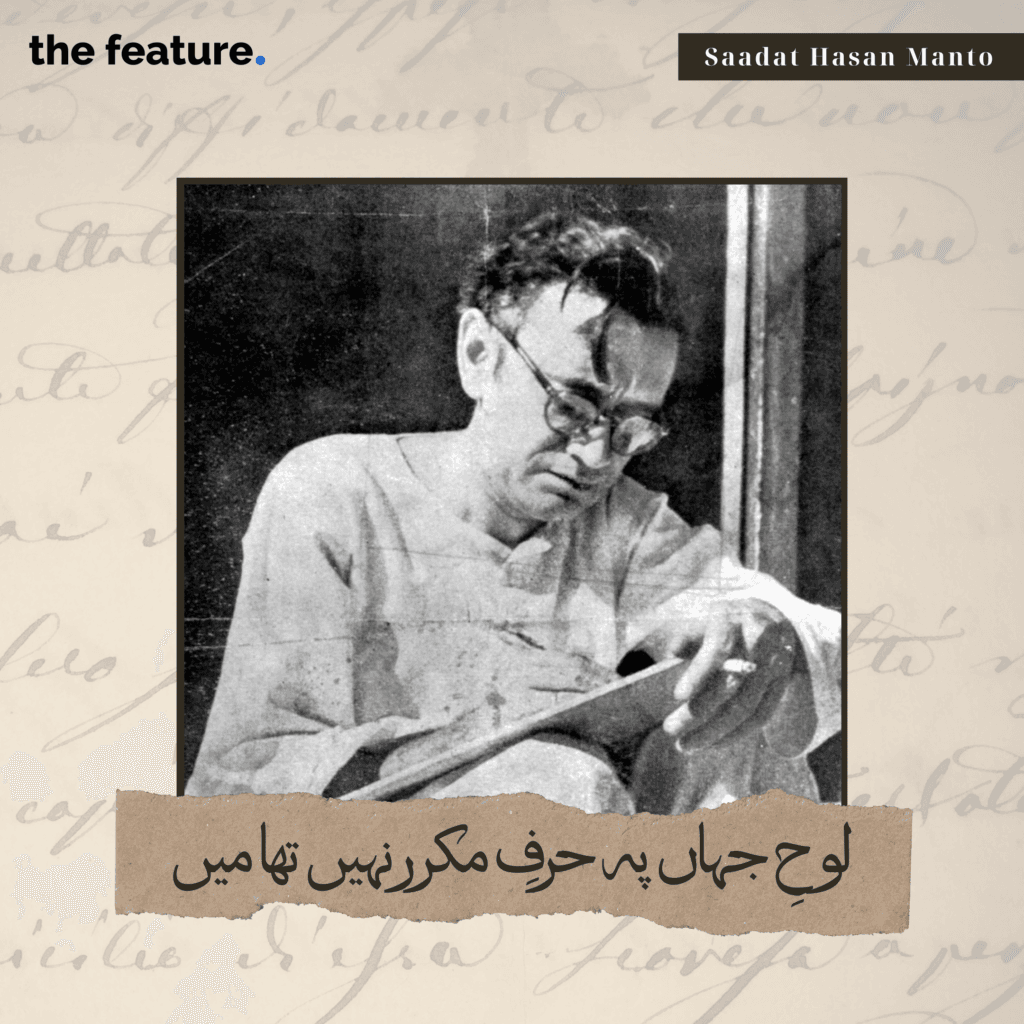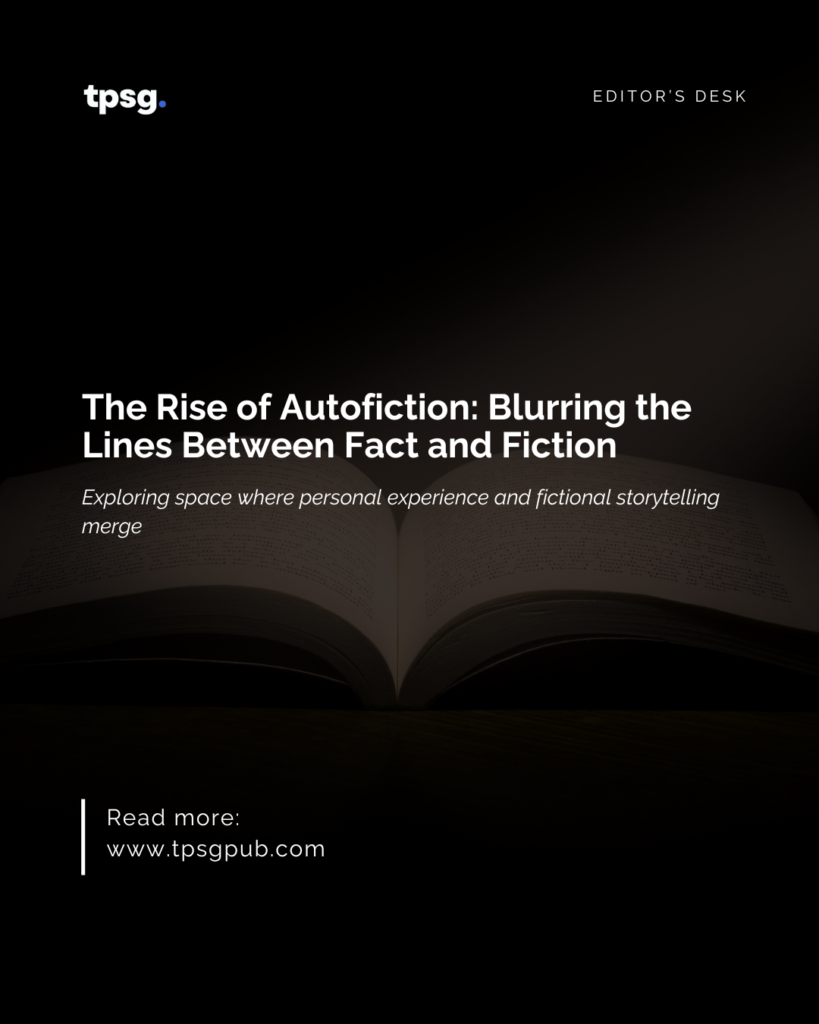The world of classic literature is a repository of timeless insights, complex characters, and profound themes, all of which continue to captivate and challenge readers across generations. However, to preserve the vitality of these works, it is essential to revisit and re-evaluate them in light of contemporary contexts and concerns. This article delves into a fresh approach to the classics, focusing on how modern readers can interpret traditional themes, characters, and literary devices to unearth new layers of meaning and relevance in an ever-evolving world.

At the heart of classic literature lies a series of universal themes—love, power, identity, mortality—that resonate across ages and cultures. Yet, as society changes, so do our interpretations of these themes, considering, for example, the concept of love in Shakespeare’s Romeo and Juliet. Traditionally, it has been romanticized as the ultimate, albeit tragic, form of young love, however, through a contemporary lens, one might interpret the impulsive actions of Romeo and Juliet as emblematic of adolescent recklessness rather than idealized romance. Seen this way, the tragedy of Romeo and Juliet speaks to modern concerns about mental health, the pressures of societal expectations, and the consequences of miscommunication.
Similarly, works like “Pride and Prejudice” offer insights into gender roles, family dynamics, and societal expectations that have shifted considerably over time. When analysed through a modern lens, Elizabeth Bennet’s assertive independence can be seen as an early form of feminist expression for what was once subtle social critique is now an overt commentary on the restrictive norms of Austen’s time. This reinterpretation not only enriches the story but also underscores its continued relevance as we grapple with contemporary issues of gender equality and autonomy.
Classic literature is populated by a myriad of unforgettable characters whose personalities and actions have shaped literary archetypes for centuries where these characters, however, are rarely static; they evolve as society projects new values and beliefs onto them. A modern analysis of Victor Frankenstein from Mary Shelley’s “Frankenstein”, for example, might cast him not just as a tragic figure overtaken by ambition but as an early warning of the ethical challenges posed by scientific advancement. In today’s age of artificial intelligence and genetic engineering, Frankenstein’s story prompts renewed questions about human responsibility, ethical boundaries, and the unforeseen consequences of innovation.
Another intriguing case is Hamlet, whose introspective and often ambiguous personality has made him one of the most complex characters in literature. Traditional interpretations emphasize his tragic flaw of indecision, yet a modern reading might see him as a representative of mental health struggles, wrestling with grief, existential dread, and perhaps even depression. This interpretation transforms Hamlet from a tragic hero into a deeply relatable figure for contemporary audiences, who may find his inner turmoil reflective of their own experiences in a world increasingly aware of mental health complexities.
Literary devices are the scaffolding upon which classic stories are built, giving them shape, depth, and texture. Many of these techniques, though centuries old, remain potent tools in the hands of writers and readers alike. Irony, for instance, is one of the most powerful literary devices in classical literature, used to expose the disparities between appearance and reality. A work like George Orwell’s “Animal Farm”, although more recent in the literary canon, draws heavily on classic traditions of satire and irony to critique totalitarianism—a message that remains relevant today as societies continue to grapple with authoritarianism and the abuse of power.
Symbolism, too, is frequently revisited in modern interpretations. Nathaniel Hawthorne’s “The Scarlet Letter” uses the scarlet “A” as a symbol of sin and societal judgment, but contemporary readers might view it through the lens of identity, public shame, and the impact of labeling on the human psyche. Hester Prynne’s evolution from an ostracized woman to a figure of resilience and individuality highlights the themes of personal redemption and societal forgiveness, which resonate strongly in today’s discussions about social judgment and personal growth.
In today’s world, where rapid cultural and technological shifts often overshadow the past, classic literature serves as an anchor. These works connect us to the emotional and intellectual struggles of previous generations, allowing us to see how much has changed—and how much remains the same. By engaging with the classics through a contemporary lens, readers gain a deeper appreciation for the ways in which these stories continue to echo human experience, often in surprisingly modern ways.
Moreover, classic literature offers a mirror through which we can examine our current societal values. Many of the themes present in these works—justice, freedom, identity, and integrity—remain central to contemporary discourse. The endurance of these stories suggests that human nature, despite the progression of time, remains largely unchanged and thus, classic literature challenges readers to consider what it means to be human and invites them to explore the universal struggles and triumphs of those who came before.
In deconstructing classic literature, readers are not merely reviving old texts but breathing new life into them. By examining themes, characters, and literary devices through a modern lens, we gain insights that are both timely and timeless. Far from being relics of a distant past, these works are essential tools for exploring the complexities of the present. Classic literature endures not just because it is old, but because it continues to illuminate the human condition, urging us to look beyond the confines of time and place. In reinterpreting the classics, we reaffirm their value as a bridge between eras, a testament to the power of storytelling, and a source of enduring wisdom in an ever-changing world.
“In deconstructing classic literature, readers are not merely reviving old texts but breathing new life into them”




